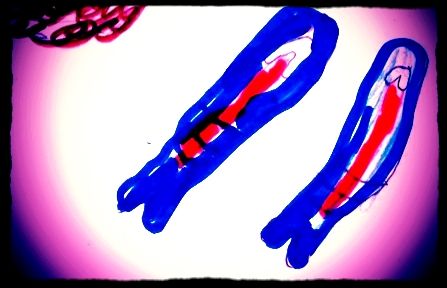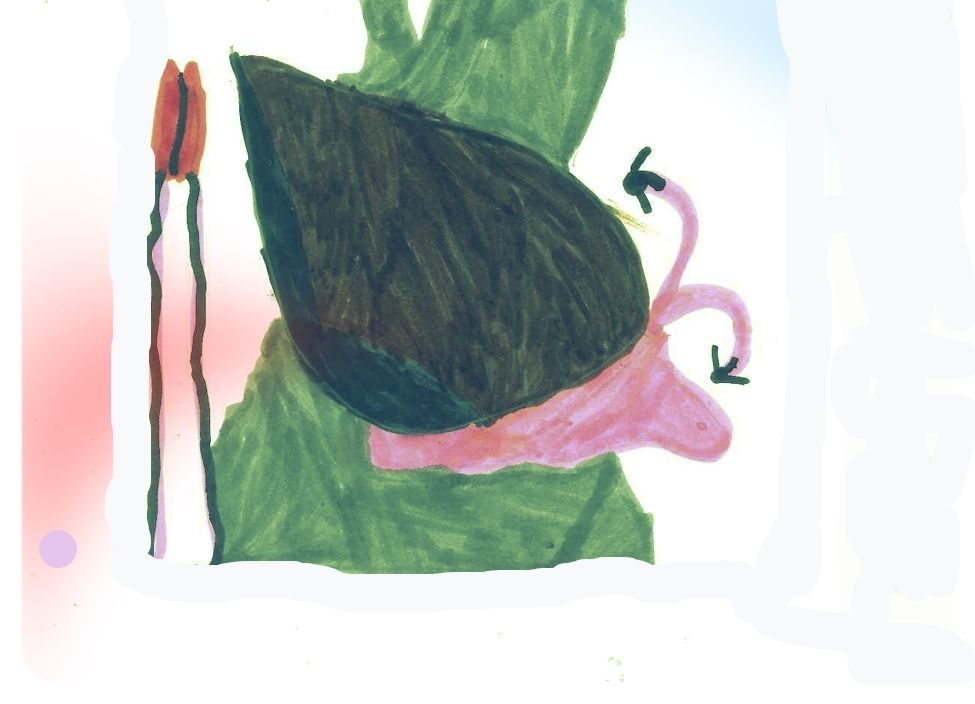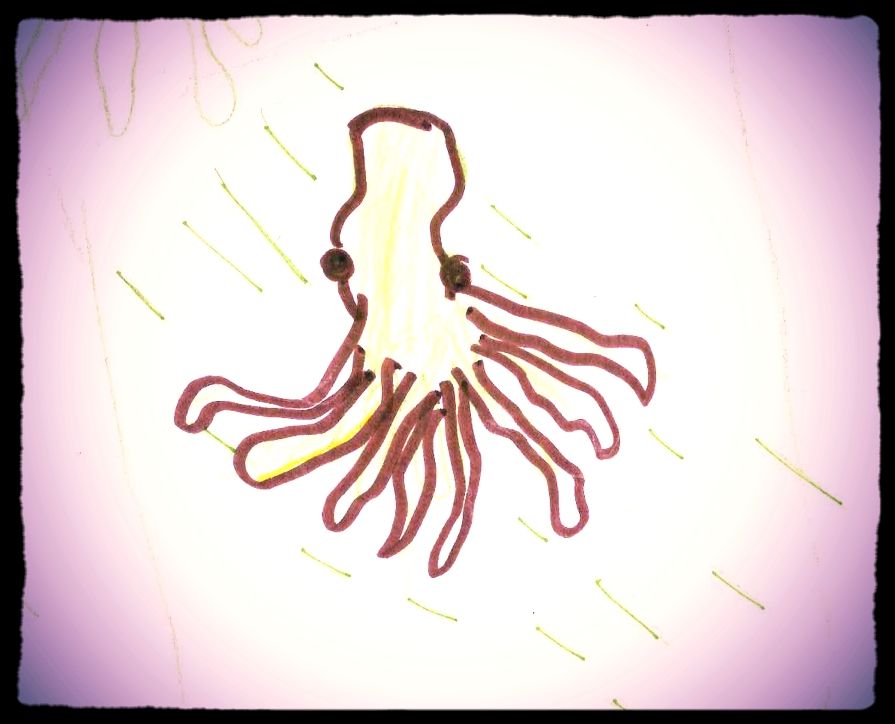DIY Cards

Vent Shrimp
Elena G.

These shrimp host bacteria found near sulfide rich chimneys in their gills which they also eat. Vent Shrimp often gather in very large groups and can dominate hydrothermal vents. Although they lack eyes, Vent Shrimp have developed dorsal eye spots which may be used to sense thermal radiation.

Spaghetti Worm
Liliana F.
Deep Sea Spaghetti Worms can be found in the Pacific Ocean. They attach to rocks near hydrothermal vents and can grow to be 10 feet long (3 meters). Scientists are still unsure what Spaghetti Worms eat and know very little about their lives.

Hydrothermal Vent Snail
Carolina F.

Shares a symbiotic relationship with chemosynthetic bacteria. The snail provides a home for the bacteria within their gills while the bacteria make food from nutrients released from hydrothermal vents. Crabs, fish, shrimp, and other snails prey on Hydrothermal Vent Snails. Alviniconcha larvae can swim long distances in search of new vents!

Vulcan Octopus
Katie D.

This is a top predator in the hydrothermal vent system feeding on amphipods

Deep Sea Dandelion (Thermopalia taraxaca)
Janice Caceres

Can feed on tiny crustaceans that can be found around the vents. Like other Siphonores it’s actually a whole colony of tiny creatures, each one known as a zooid, and all working together for mutual benefit. Attempts to retrieve them usually fail because the animals let go of each other and the animal falls apart.

